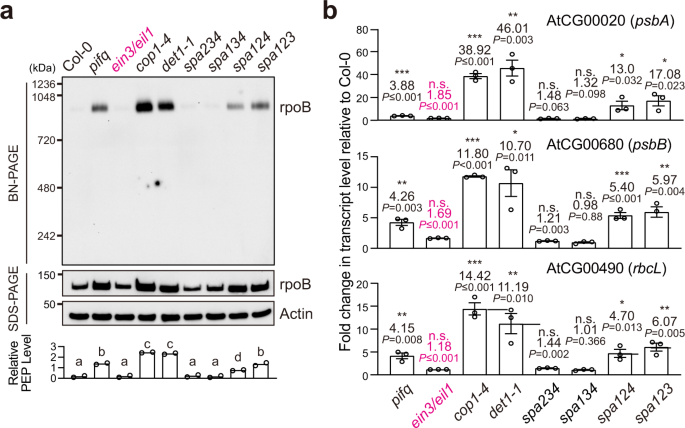2022-12-21 スイス連邦工科大学ローザンヌ校(EPFL)
エアロゾル中のウイルスがどれくらいの期間、感染力を維持できるかは明らかではありません。一部の研究では、空気の湿度や温度がウイルスの持続性に関与している可能性が示唆されています。これまで過小評価されてきた要因として、呼気エアロゾルの化学組成、特にその酸性度や室内空気との相互作用が挙げられます。A型インフルエンザウイルスなど多くのウイルスは酸に弱く、呼気エアロゾル粒子は室内の空気から揮発性の酸やその他の浮遊物質(酢酸、硝酸、アンモニアなど)を吸収し、粒子の酸性度(pH)レベルに影響する。
しかし、エアロゾルの酸性化が、エアロゾルが運ぶウイルス量にどのような影響を及ぼすかについては、これまで研究が行われていませんでした。
チューリッヒ工科大学、ドイツ連邦工科大学、チューリッヒ大学の研究チームが、この点について調査を行いました。この新しい研究では、さまざまな環境条件下で、エアロゾル粒子のpHが呼気後数秒から数時間の間にどのように変化するかを初めて明らかにした。さらに、この変化が粒子に含まれるウイルスにどのような影響を与えるかも示している。この研究は、「Environmental Science & Technology」誌に掲載された。
研究者らによると、呼気中のエアロゾルは非常に急速に酸性化する。その速さは、周囲の空気中の酸分子の濃度とエアロゾル粒子の大きさに依存する。研究チームは、数マイクロメートルの大きさの鼻粘液と、この研究のために特別に合成された肺液の微粒子を調査した。一般的な室内空気中では、これらの液滴がpH 4に達するのに約100秒しかかからなかった。
<関連情報>
- https://actu.epfl.ch/news/acids-help-against-airborne-viruses/
- https://pubs.acs.org/doi/10.1021/acs.est.2c05777
呼気エアロゾルpH:空気中のウイルス不活性化の見落とされた要因 Expiratory Aerosol pH: The Overlooked Driver of Airborne Virus Inactivation
Beiping Luo, Aline Schaub, Irina Glas, Liviana K. Klein, Shannon C. David, Nir Bluvshtein, Kalliopi Violaki, Ghislain Motos, Marie O. Pohl, Walter Hugentobler, Athanasios Nenes, Ulrich K. Krieger, Silke Stertz, Thomas Peter and Tamar Kohn
Environmental Science & Technology Published:December 20, 2022
DOI:https://doi.org/10.1021/acs.est.2c05777

Abstract
Respiratory viruses, including influenza virus and SARS-CoV-2, are transmitted by the airborne route. Air filtration and ventilation mechanically reduce the concentration of airborne viruses and are necessary tools for disease mitigation. However, they ignore the potential impact of the chemical environment surrounding aerosolized viruses, which determines the aerosol pH. Atmospheric aerosol gravitates toward acidic pH, and enveloped viruses are prone to inactivation at strong acidity levels. Yet, the acidity of expiratory aerosol particles and its effect on airborne virus persistence have not been examined. Here, we combine pH-dependent inactivation rates of influenza A virus (IAV) and SARS-CoV-2 with microphysical properties of respiratory fluids using a biophysical aerosol model. We find that particles exhaled into indoor air (with relative humidity ≥ 50%) become mildly acidic (pH ∼ 4), rapidly inactivating IAV within minutes, whereas SARS-CoV-2 requires days. If indoor air is enriched with nonhazardous levels of nitric acid, aerosol pH drops by up to 2 units, decreasing 99%-inactivation times for both viruses in small aerosol particles to below 30 s. Conversely, unintentional removal of volatile acids from indoor air may elevate pH and prolong airborne virus persistence. The overlooked role of aerosol acidity has profound implications for virus transmission and mitigation strategies.


